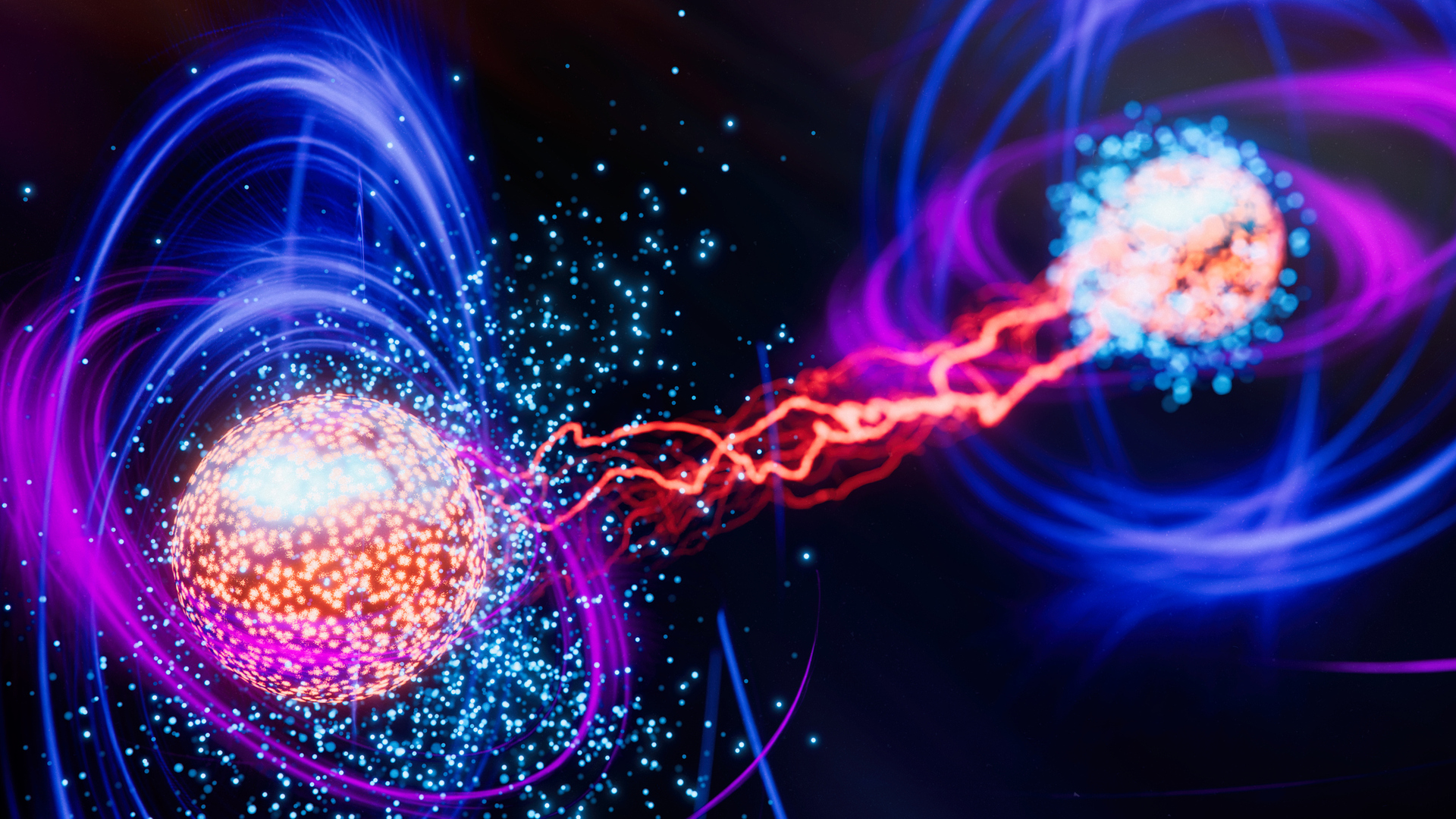Imagine a particle so elusive, so rare, that it’s difficult even to catch a glimpse of it. That’s the challenge researchers face when they try to study the Higgs boson, a fundamental particle—also called the God particle—responsible for giving mass to other particles.
However, recent breakthroughs by the ATLAS collaboration at CERN have begun to unlock some of its most mysterious behaviors, including two incredibly rare decays.
These decays, where the Higgs boson transforms into a pair of muons (H→μμ) or a Z boson and a photon (H→Zγ), are so scarce that they only occur in one out of every few thousand Higgs decays.
The research could pave the way for discovering unknown particles and help us uncover the various mysteries associated with the God particle.
Catching the rare decays with high confidence
Uncovering these rare decays wasn’t easy. The ATLAS collaboration, a group of scientists working at CERN’s Large Hadron Collider (LHC), spent years gathering data from their experiments. The first challenge they faced was the rarity of these events.
The Higgs boson’s decay into muons happens in only about one in every 5000 Higgs decays. So, the team had to search for a tiny signal amidst a vast amount of background noise caused by other particle interactions.
To make the search more efficient, scientists combined data from LHC Runs 2 and 3, which gave them a more complete picture. With this enhanced data, ATLAS researchers used advanced techniques to filter out the background noise and focus on the events that showed signs of the rare Higgs decays.
In the case of H→μμ, they looked for a small bump in the mass of the muon pair, right at 125 GeV, the known mass of the Higgs. Meanwhile, the H→Zγ decay presented an even tougher challenge.
New methods to improve sensitivity of search
The Z boson that is produced in this decay only decays into electron or muon pairs about six percent of the time, and photons are notoriously difficult to distinguish from jets of particles created in other processes.
Here, ATLAS developed new analysis methods to improve the sensitivity of their search. By categorizing events based on how the Higgs was produced and refining their selection criteria, the team was able to see a clearer signal.
Their hard work paid off: For the H→μμ decay, they achieved a 3.4 standard deviation significance, which means the result is highly unlikely (one in 3000) to be a statistical fluke.
This was a significant improvement over earlier results, which had only shown a hint of the decay at the two-standard-deviation level. For the H→Zγ decay, the team found an excess signal with 2.5 standard deviations, which was also an important step forward compared to previous results.
Another door to go beyond the Standard Model
These breakthroughs could have wide-scale implications. By uncovering the rare decays, the ATLAS collaboration is opening the door to exploring physics beyond the Standard Model. Unknown particles contributing to the H→Zγ decay could be an indication of physics that is still unexplored.
However, there are still challenges. While these results are groundbreaking, they are not yet definitive. Looking ahead, ATLAS researchers plan to dig deeper into rare Higgs decays with even more data from future runs of the LHC.
The team hopes that future data will not only confirm these findings but also reveal more details about how the Higgs interacts with other particles, especially those that haven’t been studied as much, like the second-generation fermions.
You can read about the two decays in more detail here and here.
